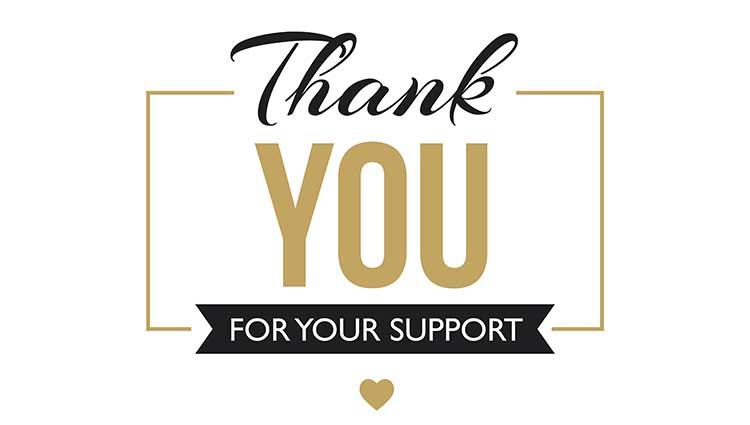In any given year, donors may give you thousands quarterly via a mailed check or an online donation for $0.12 that you are not sure was on purpose.
It begs the question – is a gift, a gift? Does everybody at your nonprofit feel the same about these two examples? Has your organization ever stopped to consider exactly which donors get what thank-yous at your nonprofit? Take time in the new year to outline the expectations and procedures for thanking at your nonprofit to establish an essential best practice.
Does Everyone Get Thanked?
All nonprofits establish their own benchmarks for thanking the individuals and corporations who give to their organization.
For example, some nonprofits begin mailing acknowledgement letters for gifts of $25 and above. Others trigger this level of stewardship for any donation at all, even the $.12 example from earlier.
Organizations have many reasons for deciding who to formally thank, including their organization’s values and budgetary concerns. There is no right answer, except for the one agreed upon at your nonprofit.
Making a Thank You Policy
It is important to have a discussion with the decision-makers at your organization, at all levels. Some board members or staff may have a strong emotional response to this question – be sure everyone feels heard about this topic. Consider surveying staff and board members to gauge their feelings toward the question before deciding if a task force is needed or if simply a policy or bylaw can be written up.
Be sure to formalize this decision to avoid awkwardness or hurt feelings for future donors. This way, donors who give below the threshold for thanking (if your organization chooses to establish one) can refer to an objective bylaw or policy for the organization instead of another explanation that can feel more subjective.
Take this time to look into other necessary but often overlooked best practices, like a gift acceptance policy.
Legal Requirements for Thanking Donors
When establishing your thank you policies and tax acknowledgment letter, make sure you include all of the legal requirements from the IRS.
- Full legal name of the organization
- Total amount of cash contribution
- Statement that no goods or services were provided by the organization, if that is the case;
While not required, it is highly recommended to also include the Employer Identification Number (EIN) for the organization in this letter.
To fulfill the minimum thank-you requirements from the IRS, only donors at $250 or above need an acknowledgment letter.
Consider verbiage like this to fulfill these legal requirements:
Thank you for your generous contribution of (amount of donation). No goods or services were provided in exchange for this contribution. (Nonprofit organization) is a tax-exempt organization as described in Section 501(c)(3) of the Internal Revenue Code with an EIN # of (EIN #).
Conclusion
Take the time to formally consider the thank-you policy at your nonprofit. This will ensure a consistent stewardship experience for donors that maintains your organization’s budget and values.




